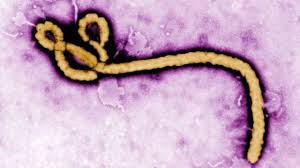medicoSA: Patient Care Ecosystem
You know that your immune system helps your body to fight against bacteria and viruses. In some cases, your immune system defends against substances that do not pose any threat to the human body. And these substances are refered to as allergens, and these allergens cause allergic reactions when they react with your body. These allergic reactions occur when the allergens come in direct contact with your skin, be eaten or be inhaled. Allergens can also be used to diagnose the allergies or can be used in the treatment as well.
Causes of allergic reactions:
Allergies are inherited from the ancestors, and even doctors don’t know why people experience allergies.
Some of the substances that cause allergic reaction are as follows:
- Pet dander
- Bee stings or bites from other insects
- Certain foods, including nuts or shellfish
- Certain medications such as penicillin or aspirin
- Certain plants
- Pollen
Symptoms of allergic reactions:
Symptoms of allergic reactions are vary according to the exposure to an allergen such as if you are exposed to an allergen for the first time then the symptoms that show are mild but if your exposer increase repeatedly then it become worse.
Symptoms of mild allergic reactions are:
- Hives (itchy red spots on the skin)
- Itching
- Nasal congestion (rhinitis)
- Rash
- Watery or itchy eyes
Severe allergic reactions are:
- Abdominal cramping or pain
- Pain or tightness in the chest
- Diarrhea
- Difficulty swallowing
- Dizziness (vertigo)
- Fear or anxiety
- Flushing of the face
- Nausea or vomiting
- Heart palpitations
- Swelling of the face, eyes, or tongue
- Weakness
- Wheezing
- Difficulty breathing
- Unconsciousness
Source:1


